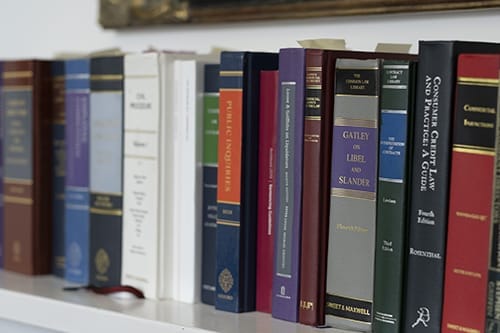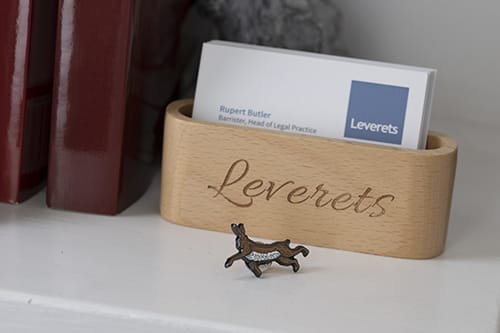Direct access barristers – What has changed?
Unless you have been unfortunate enough to end up in court, most people’s image of a Barrister has been through the prism of Rumpole of The Bailey, Kavanagh QC, or Silks. For programme-makers, the arresting visualisation of Barristers in arcane clothing, booming oratory, and fusty traditions are too obvious to pass by – but, in reality, the working life of Barristers is more mundane, with most wigs and gowns gathering dust in the corner of a modern office building.
It has been inaccessibility to Barristers that has created their Dickensian mystique. Until quite recently, ancient rules prohibited them from carrying business cards, advertising, or even entering a Solicitor’s office. Barristers could only qualify once they had been “dining” twenty-four times in a year at one of the four “Inns of Court” that surround the Royal Courts of Justice on The Strand and were then “called to the Bar”. Members of the public could not see a Barrister unless it was in their “Chambers” (where they were taken care of by “clerks”), introduced by and in the company of a Solicitor.
However, over the last two decades there has been a gradual relaxation of outdated rules and practices to allow Barristers to ply their trade in a wider market, so that certain licensed members of the Bar may now undertake almost all of the tasks conventionally undertaken by a Solicitor, as well as their own, including representing parties directly. Barristers can not only enter a Solicitors’ firm these days, but they can also enter into partnerships with them and other professionals.
What does that mean for the public?
This relaxation of rules has created a significant benefit by giving access to a broader range of legal services at more affordable prices. By allowing direct access to Barristers the public can now:
- find particular expertise that may not be available in a Solicitors’ firm or,
- discover complementary expertise that is only found in a mixed practice of Barristers and Solicitors,
- access more competitively priced legal services offered by Barristers who are licensed to work for the public directly, by cutting out the middle layer of bureaucracy.
Many modern Barristers are commercially and technologically astute, flexible to their clients’ needs, fleet-of-foot and popping up, like Leverets, in towns all over the country.
But finding the right Barrister can still be a challenge, so The Bar Standards Board maintains a comprehensive web-based directory that publishes the details of all Barristers who can represent members of the public directly along with their areas of specialism.







